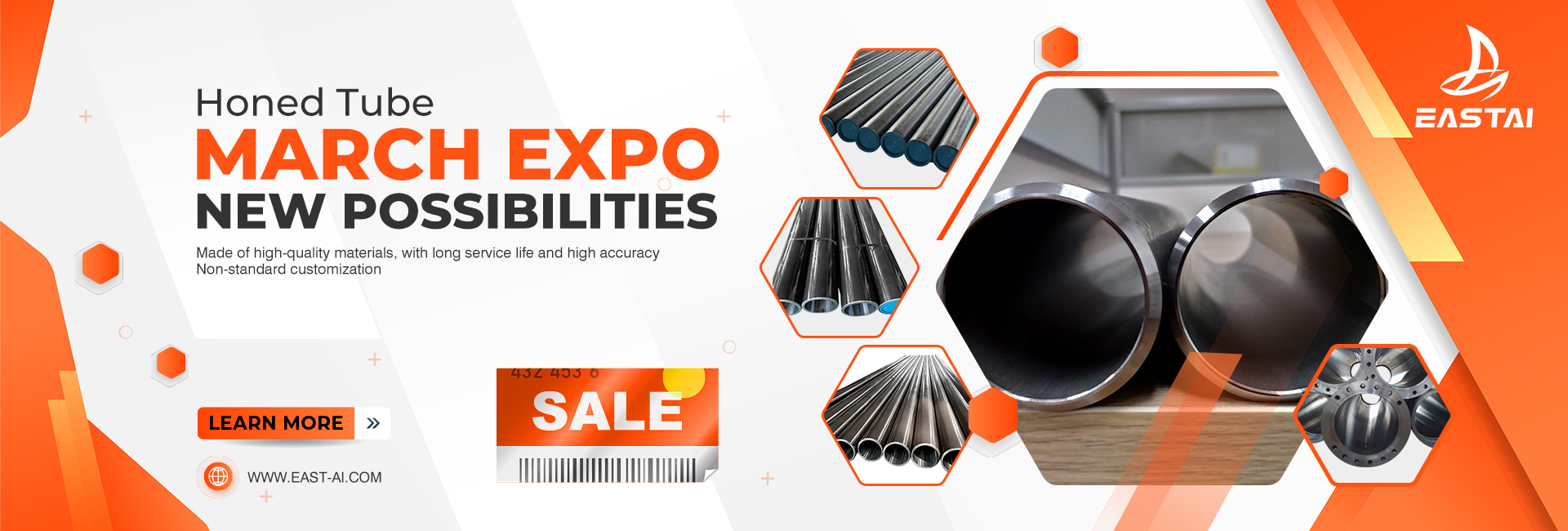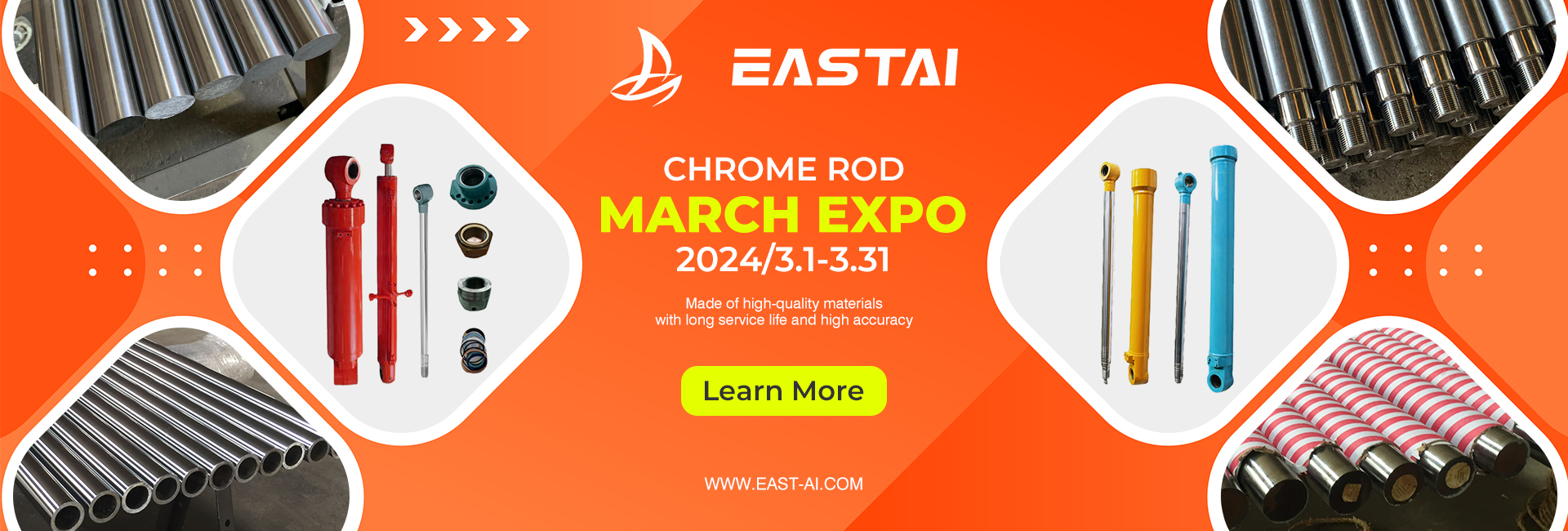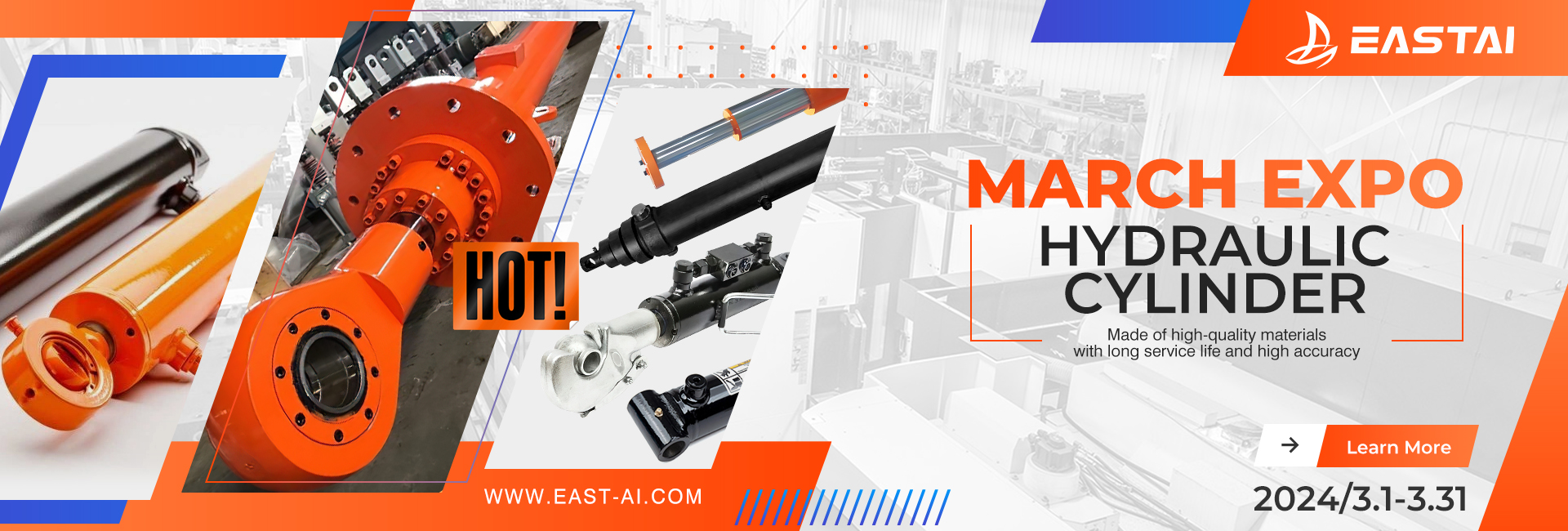Due to the high pressure, compact structure, high efficiency and convenient flow adjustment of the plunger pump, it can be used in systems requiring high pressure, large flow, and high power and in occasions where the flow needs to be adjusted, such as planers, broaching machines, hydraulic presses, construction machinery, mines, etc. It is widely used in metallurgical machinery and ships.
1. Structural composition of the plunger pump
The plunger pump is mainly composed of two parts, the power end and the hydraulic end, and is attached with a pulley, a check valve, a safety valve, a voltage stabilizer, and a lubrication system.
(1) Power end
(1) crankshaft
The crankshaft is one of the key components in this pump. Adopting the integral type of crankshaft, it will complete the key step of changing from rotary motion to reciprocating linear motion. In order to make it balanced, each crank pin is 120° from the center.
(2) connecting rod
The connecting rod transmits the thrust on the plunger to the crankshaft, and converts the rotary motion of the crankshaft into the reciprocating motion of the plunger. The tile adopts the sleeve type and is positioned by it.
(3) Crosshead
The crosshead connects the swinging connecting rod and the reciprocating plunger. It has a guiding function, and it is closed connected with the connecting rod and connected with the plunger clamp.
(4) Floating sleeve
The floating sleeve is fixed on the machine base. On the one hand, it plays the role of isolating the oil tank and the dirty oil pool. On the other hand, it acts as a floating support point for the crosshead guide rod, which can improve the service life of the moving sealing parts.
(5) Base
The machine base is the force-bearing component for installing the power end and connecting the liquid end. There are bearing holes on both sides of the rear of the machine base, and a positioning pin hole connected to the liquid end is provided at the front to ensure the alignment between the center of the slideway and the center of the pump head. Neutral, there is a drain hole on the front side of the base to drain the leaking liquid.
(2) Liquid end
(1) pump head
The pump head is integrally forged from stainless steel, the suction and discharge valves are arranged vertically, the suction hole is on the bottom of the pump head, and the discharge hole is on the side of the pump head, communicating with the valve cavity, which simplifies the discharge pipeline system.
(2) Sealed letter
The sealing box and the pump head are connected by flange, and the sealing form of the plunger is a rectangular soft packing of carbon fiber weaving, which has good high-pressure sealing performance.
(3) plunger
(4) Inlet valve and drain valve
Inlet and discharge valves and valve seats, low damping, conical valve structure suitable for transporting liquids with high viscosity, with the characteristics of reducing viscosity. The contact surface has high hardness and sealing performance to ensure sufficient service life of the inlet and outlet valves.
(3) Auxiliary supporting parts
There are mainly check valves, voltage regulators, lubrication systems, safety valves, pressure gauges, etc.
(1) Check valve
The liquid discharged from the pump head flows into the high-pressure pipeline through the low-damping check valve. When the liquid flows in the opposite direction, the check valve is closed to damp the high-pressure liquid from flowing back into the pump body.
(2) Regulator
The high-pressure pulsating liquid discharged from the pump head becomes a relatively stable high-pressure liquid flow after passing through the regulator.
(3) Lubrication system
Mainly, the gear oil pump pumps oil from the oil tank to lubricate the crankshaft, crosshead and other rotating parts.
(4) Pressure gauge
There are two types of pressure gauges: ordinary pressure gauges and electric contact pressure gauges. The electric contact pressure gauge belongs to the instrument system, which can achieve the purpose of automatic control.
(5) Safety valve
A spring micro-opening safety valve is installed on the discharge pipeline. The article is organized by Shanghai Zed Water Pump. It can ensure the sealing of the pump at the rated working pressure, and it will open automatically when the pressure is over, and it plays the role of pressure relief protection.
2. Classification of plunger pumps
Piston pumps are generally divided into single plunger pumps, horizontal plunger pumps, axial plunger pumps and radial plunger pumps.
(1) Single plunger pump
The structural components mainly include an eccentric wheel, a plunger, a spring, a cylinder body, and two one-way valves. A closed volume is formed between the plunger and the bore of the cylinder. When the eccentric wheel rotates once, the plunger reciprocates up and down once, moves downward to absorb oil, and moves upward to discharge oil. The volume of oil discharged per revolution of the pump is called the displacement, and the displacement is only related to the structural parameters of the pump.
(2) Horizontal plunger pump
The horizontal plunger pump is installed side by side with several plungers (generally 3 or 6), and a crankshaft is used to directly push the plunger through the connecting rod slider or the eccentric shaft to make reciprocating motion, so as to realize the suction and discharge of liquid. hydraulic pump. They also all use valve-type flow distribution devices, and most of them are quantitative pumps. The emulsion pumps in coal mine hydraulic support systems are generally horizontal plunger pumps.
The emulsion pump is used in the coal mining face to provide emulsion for the hydraulic support. The working principle relies on the rotation of the crankshaft to drive the piston to reciprocate to realize liquid suction and discharge.
(3) Axial type
An axial piston pump is a piston pump in which the reciprocating direction of the piston or plunger is parallel to the central axis of the cylinder. The axial piston pump works by using the volume change caused by the reciprocating movement of the plunger parallel to the transmission shaft in the plunger hole. Since both the plunger and the plunger hole are circular parts, high precision fit can be achieved during processing, so the volumetric efficiency is high.
(4) Straight axis swash plate type
Straight shaft swash plate plunger pumps are divided into pressure oil supply type and self-priming oil type. Most of the pressure oil supply hydraulic pumps use an air pressure oil tank, and the hydraulic oil tank that relies on air pressure to supply oil. After starting the machine every time, you must wait for the hydraulic stain tank to reach the operating air pressure before operating the machine. If the machine is started when the air pressure in the hydraulic oil tank is insufficient, it will cause the sliding shoe in the hydraulic pump to pull off, and it will cause abnormal wear of the return plate and the pressure plate in the pump body.
(5) Radial type
Radial piston pumps can be divided into two categories: valve distribution and axial distribution. Valve distribution radial piston pumps have disadvantages such as high failure rate and low efficiency. The shaft-distribution radial piston pump developed in the 1970s and 1980s in the world overcomes the shortcomings of the valve-distribution radial piston pump.
Due to the structural characteristics of the radial pump, the radial piston pump with fixed axial distribution is more resistant to impact, longer life and higher control precision than the axial piston pump. The variable stroke of short variable stroke pump is achieved by changing the eccentricity of the stator under the action of the variable plunger and the limit plunger, and the maximum eccentricity is 5-9mm (according to the displacement), and the variable stroke is very short. . And the variable mechanism is designed for high pressure operation, controlled by the control valve. Therefore, the response speed of the pump is fast. The radial structure design overcomes the problem of eccentric wear of the slipper shoe of the axial piston pump. It greatly improves its impact resistance.
(6) Hydraulic type
The hydraulic plunger pump relies on air pressure to supply oil to the hydraulic oil tank. After starting the machine every time, the hydraulic oil tank must reach the operating air pressure before operating the machine. Straight-axis swash plate plunger pumps are divided into two types: pressure oil supply type and self-priming oil type. Most of the pressure oil supply hydraulic pumps use a fuel tank with air pressure, and some hydraulic pumps themselves have a charge pump to provide pressure oil to the oil inlet of the hydraulic pump. The self-priming hydraulic pump has a strong self-priming ability and does not need external force to supply oil.
3. The working principle of the plunger pump
The total stroke L of the plunger reciprocating movement of the plunger pump is constant and is determined by the lift of the cam. The amount of oil supplied per cycle of the plunger depends on the oil supply stroke, which is not controlled by the camshaft and is variable. The start time of fuel supply does not change with the change of fuel supply stroke. Turning the plunger can change the oil supply end time, thereby changing the oil supply amount. When the plunger pump is working, under the action of the cam on the camshaft of the fuel injection pump and the plunger spring, the plunger is forced to reciprocate up and down to complete the oil pumping task. The oil pumping process can be divided into the following two stages.
(1) Oil intake process
When the convex part of the cam turns over, under the action of the spring force, the plunger moves downward, and the space above the plunger (called the pump oil chamber) generates a vacuum. When the upper end of the plunger puts the plunger on the inlet After the oil hole is opened, the diesel oil filled in the oil passage of the upper body of the oil pump enters the pump oil chamber through the oil hole, and the plunger moves to the bottom dead center, and the oil inlet ends.
(2) Oil return process
The plunger supplies oil upwards. When the chute on the plunger (stop supply side) communicates with the oil return hole on the sleeve, the low-pressure oil circuit in the pump oil chamber will connect with the middle hole and radial hole of the plunger head. And the chute communicates, the oil pressure drops suddenly, and the oil outlet valve closes quickly under the action of the spring force, stopping the oil supply. Thereafter the plunger will also go up, and after the raised portion of the cam turns over, under the action of the spring, the plunger will go down again. At this point the next cycle begins.
The plunger pump is introduced based on the principle of a plunger. There are two one-way valves on a plunger pump, and the directions are opposite. When the plunger moves in one direction, there is negative pressure in the cylinder. At this time, a one-way valve opens and the liquid is sucked. In the cylinder, when the plunger moves in the other direction, the liquid is compressed and another one-way valve is opened, and the liquid sucked into the cylinder is discharged. Continuous oil supply is formed after continuous movement in this working mode.
Post time: Nov-21-2022




